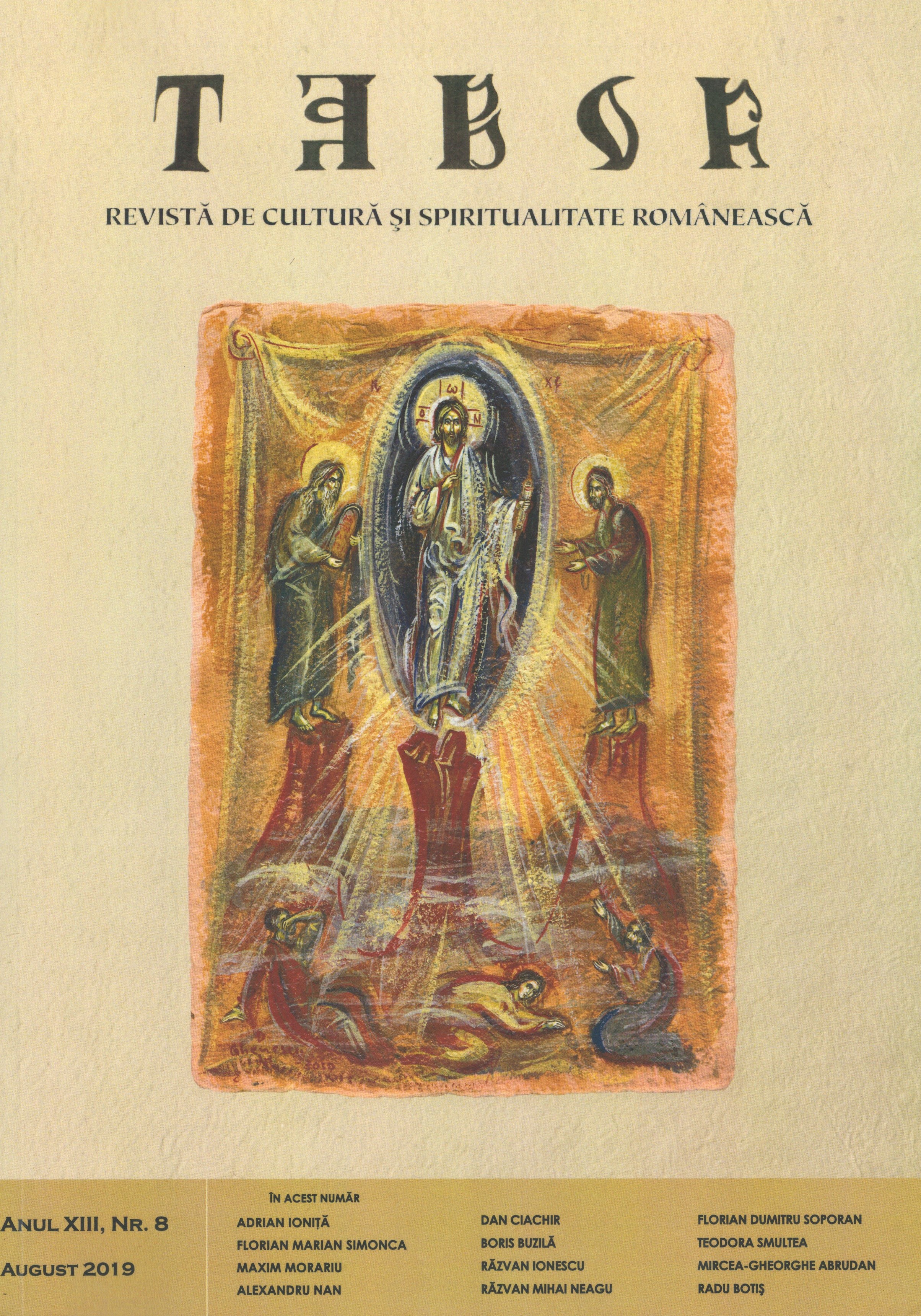Platytera: bios şi artă în bisericile ortodoxe clujene
PLATYTERA: Bios and art in orthodox churches of Cluj
Author(s): Teodora SmulteaSubject(s): Visual Arts, Eastern Orthodoxy
Published by: Renaşterea Cluj
Keywords: Cluj-Napoca; iconography; orthodox churches; western influences; “Platytera”;
Summary/Abstract: In this article we want to identify the coexisting styles in the Cluj-Napoca iconographical art by analyzing the apses’ themes from the Orthodox churches of Cluj-Napoca known as “Platytera”. We will observe the process of the interpenetration of the neo-byzantine style with a more national approach which lead to the birth of a popular iconographic style full of traditional local motifs. This new style appeared and manifested itself starting with 1918, when Transylvania became part of Romania. This new situation created a favorable context for the Romanians living in Cluj to express their talents to the level of a national art. This study will not try to include the iconographic styles in the dichotomy of West-East influences, as it is often used in the Romanian arts studies, due to the various influences from both Western (Venice, Geneva) and Eastern (Constantinople) cultures, which were adapted to the national spirit. The comparative perspective on the art as a primary source (the frescos of the old churches from the Medieval Epoch) and the reshuffled art (the nowadays’ art) will give us more hints of how the neo-byzantine ecclesiastical and the popular arts metamorphosed.
Journal: TABOR. Revistă de cultură şi spiritualitate românească
- Issue Year: XIII/2019
- Issue No: 08
- Page Range: 80-95
- Page Count: 16
- Language: Romanian
- Content File-PDF

